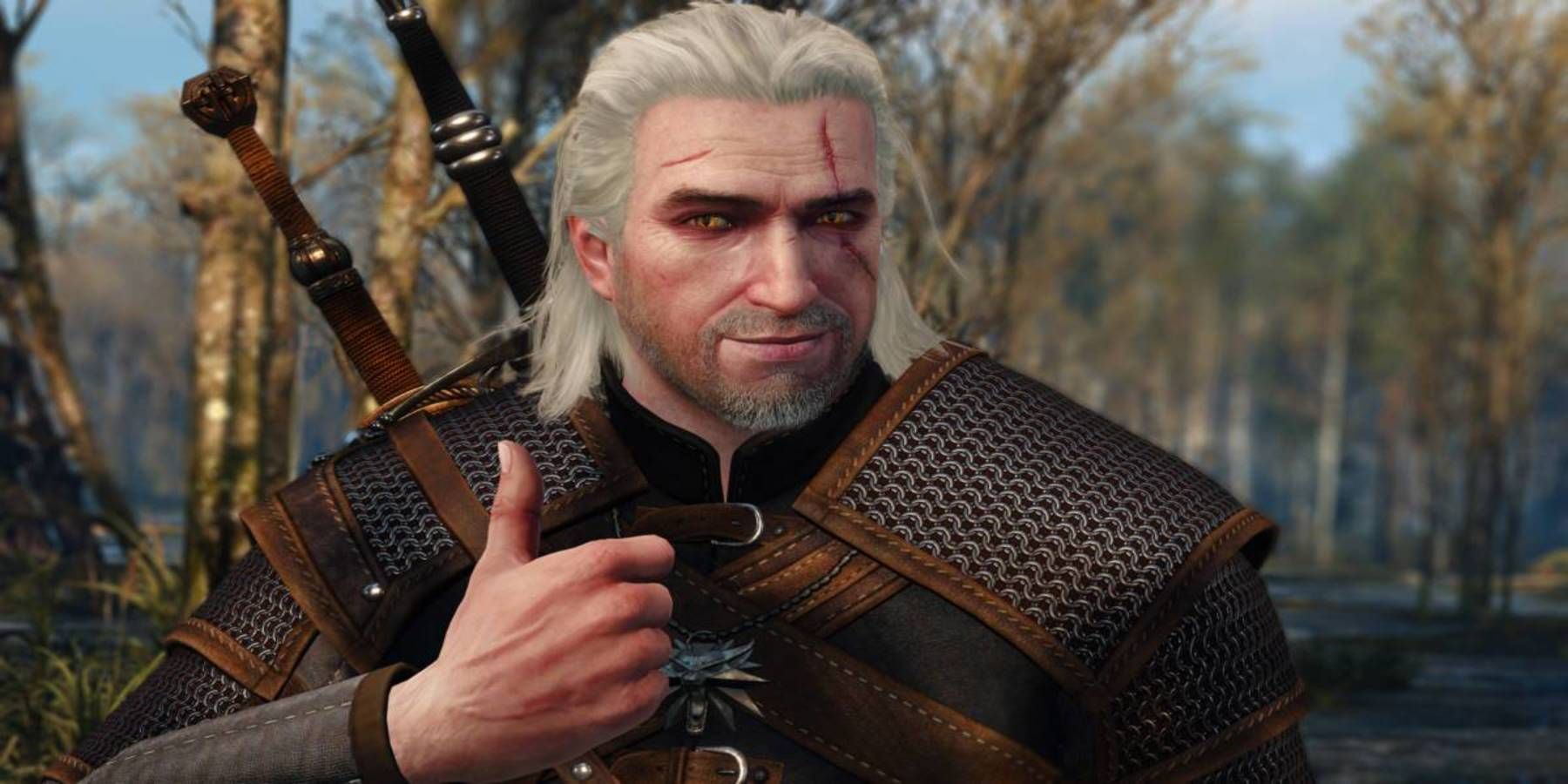
Side quests provide much of the meat of a sandbox region, potential hooks that are unrelated or tangentially related to a primary goal that allow player pursuit of a variety of goals and interests. In fact, it’s completely fine to not have a “main quest” in a tabletop campaign dedicated to player autonomy in a sandbox setting.
I came across this YouTube video on the Witcher 3’s game design and the poster mentioned that he found the side quests are made more engaging than many other open world video games side quests by integrating what the creators of South Park refer to as the “therefore or but” storytelling principle. The gist is that if you’re telling a story and it leads into a “then this happens.” it’s a shitty story. There’s no conflict or change resulting from a logical chain of events, just a series of unrelated events following each other. Sandbox computer RPG’s can be offenders here, as can a sandbox tabletop campaign if the GM keeps situations static and unconnected..
“So they want you to kill some rats, then you go fishing, then you go to the tavern, then you sleep, then you wake up and go rob everyone and wait until they forget, then you go into that barrow mound dungeon to grab some gold and a better sword.” There’s no railroad and plenty of options here, but they’re weightless and without impact.
The THEREFORE establishes what action follows as a direct result of the initial situation existing and the BUT introduces conflict THEREFORE something else happens as a result of that conflict that follows a chain of consequence back to the initial situation.
I think this is equally useful in designing situations that lend themselves to better stories generated through play at the table. A tabletop RPG example can be found in the similar methods in this very useful faction design post by Gucci Fuligin Cloak and seems useful for establishing any initial situation in a game that has some layers to it.
“[FACTION] want(s) [MOTIVATION], but [OBSTACLE]. Therefore, [PLAN OR METHOD OF SURMOUNTING OBSTACLE].” For example, in my volcano megadungeon I’ve been working on, the Drakencultists want their living god Skornag the Spell Drinker to destroy everything and build it anew BUT the dragon has slumbered deeply for the last 40 years, THEREFORE they’re hunting for magic items to pile mounds of around the wyrm’s bulk for it to absorb sufficient energies and awaken BUT most of the are in the heavily secured Mage Vault he where the surviving remnants of the sorcerer lords barricaded themselves after the dragon’s coming SO the Kobold Cultists are searching for a secret entrance or a way of breaking the defensive enchantments. There’s tons of player quest or mission material that is spawned from following the chain of cause and reaction. For a different specific sidequest example you could have something like:
“The mayor wants the murders to stop BUT they can’t find any traces of the murderer THEREFORE they hire some adventurers BUT it’s a stealthy vigilante sneaking in to kill people they believe have evil brain leeches THEREFORE the party can decide to investigate if they’re legit or not.” The Black Wyrm of Brandonsford structures this principle well with a small sidequest I really enjoy, SPOILER for one of the module’s sidequests below.

So Warwick the town smith in Brandonsford believes he’s haunted by some kind of evil fey because he keeps finding flowers and strange charms left outside his door- THEREFORE he hires the party to investigate BUT it turns out his is actually the terribly shy town alchemist awkwardly flirting by leaving flowers and love notes the illiterate smith can’t read THEREFORE the party can use this information to blackmail the flustered alchemist for a payout to keep silent or help play matchmaker for the couple and bring them together.
After this initial situation is properly complicated it’s in the hands of the Game Master to add in their own THEREFORES and BUTS as the situation naturally evolves through player interaction and new choices. The additional details that flesh out the side quest don’t make it take much more text than my example and it’s immediately so much more interesting then a single layered job to kill or remove something or someone, or fetch an item. At their core many quests are still these things, but by introducing additional wrinkles or twists they immediately become both more interesting, complex, and grounded in the setting.
These reactions to player input makes things feel more immersive and “real.” instead of feeling like you’re push a limited set of mechanical buttons to achieve abstract goals within the disconnected game rules. Interesting and meaningful decisions with information to inform these choices that then have impact are at the root of what I think makes playing RPG’s fun. On their blog, RavenCrow King presents the idea of these three pillars of sandboxing succinctly. as Choice, Context, and Consequences.
This is part of the absolute magic that a good GM can bring to a tabletop session that the best sandbox video games can only poorly and partially imitate through extreme effort on their designers’ part to produce an illusion of- that the world reacts to any player’s decisions logically and changes results from this.
That every choice actually matters.


